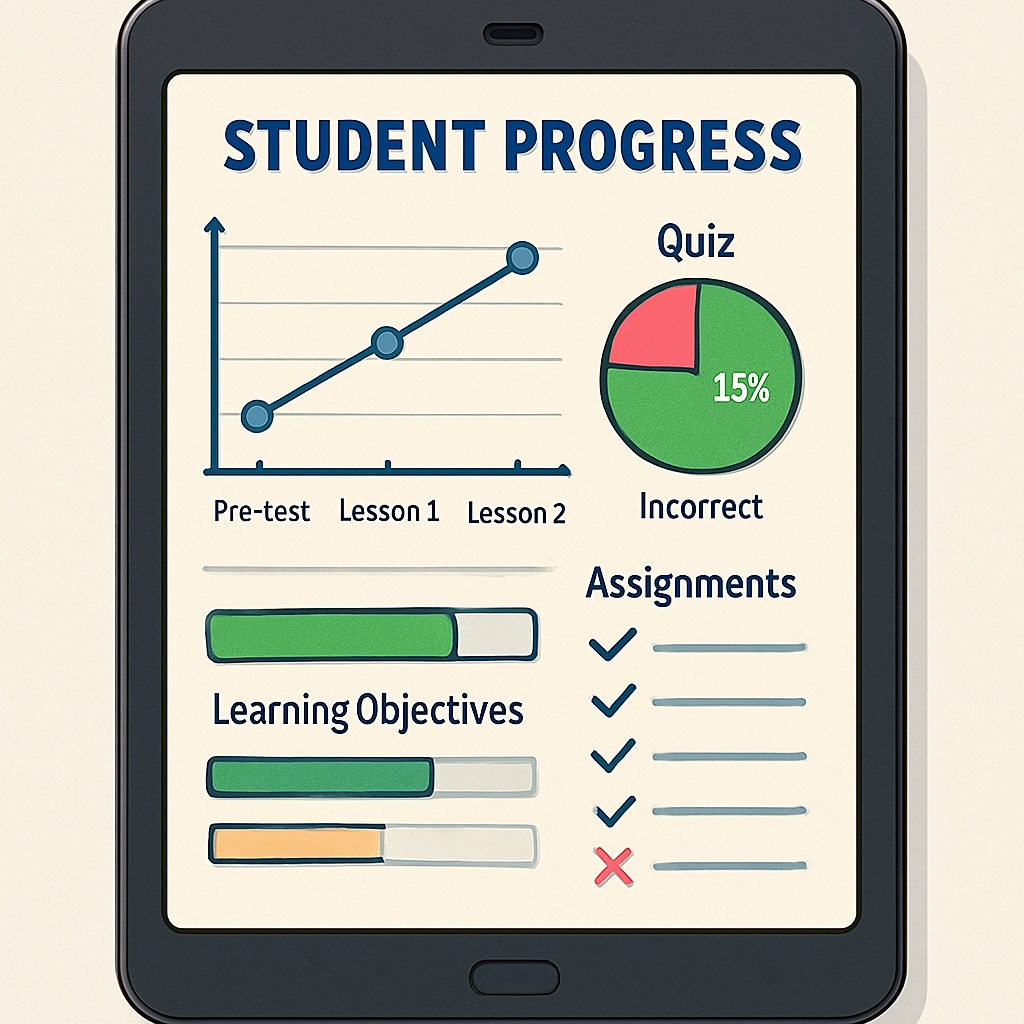In modern classrooms, the traditional system of grades and test scores often fails to capture the true essence of learning. “Education assessment, score limitations, and real-time learning tracking” are critical topics that demand attention in today’s educational landscape. As schooling evolves to meet the needs of a diverse and dynamic student body, educators must rethink how they evaluate progress and success. This article delves into the limitations of conventional grading and highlights alternative methods to assess learning more effectively.
Why Traditional Grades Fall Short
For decades, grades have been the universal metric for academic performance. While seemingly straightforward, this system oversimplifies the complexities of learning. A letter or number on a report card fails to account for various factors, including creativity, collaboration, critical thinking, and emotional intelligence. In addition, grades often emphasize rote memorization rather than deep understanding, leading students to focus on “passing” rather than “learning.”
- Standardization: Grades attempt to fit diverse learners into a one-size-fits-all mold, ignoring individual learning styles and paces.
- Stress and Anxiety: The pressure to achieve high scores can negatively impact mental health and diminish intrinsic motivation.
- Misrepresentation: A single test score may inaccurately reflect a student’s capabilities or effort.
These flaws underscore the need for a more nuanced approach to education assessment.

Real-Time Learning Tracking: An Innovative Solution
One promising alternative to traditional grades is real-time learning tracking. This method involves ongoing evaluation of a student’s progress through interactive and dynamic tools. For example, digital platforms can record milestones, provide instant feedback, and create tailored learning paths based on individual performance.
Benefits of real-time learning tracking include:
- Personalization: Teachers can adapt lessons to suit each student’s needs, promoting a deeper understanding of concepts.
- Transparency: Students and parents can access detailed reports on progress, fostering collaboration and goal-setting.
- Engagement: Interactive tools make learning more engaging and enjoyable, encouraging active participation.
Such systems also align with modern educational philosophies, emphasizing growth and development over mere achievement.

Alternative Assessment Methods to Consider
In addition to real-time tracking, educators can explore various alternative assessment methods. These approaches provide a more holistic view of student performance:
- Portfolio-Based Assessment: Students compile a collection of their work over time, showcasing growth, creativity, and effort.
- Peer Reviews: Collaborative evaluation encourages critical thinking and mutual understanding among students.
- Project-Based Learning: Assessments based on real-world projects help students apply knowledge and skills in meaningful ways.
- Self-Assessment: Encouraging students to reflect on their own learning promotes ownership and accountability.
By implementing these methods, schools can move away from rigid grading systems and foster environments where learning truly matters.
A Call to Action for Educators
Redefining education assessment is not just a pedagogical shift; it is a moral imperative. Educators must ask themselves: “What truly matters in learning?” Is it the ability to recall facts under pressure, or is it the capacity to think critically, collaborate effectively, and adapt to new challenges?
While traditional grades may provide a snapshot of performance, they fail to convey the full picture of a student’s abilities and potential. By embracing alternative methods such as real-time tracking, portfolio assessments, and project-based learning, we can create a system that values progress, understanding, and growth over mere numbers.
As a result, schools can nurture well-rounded individuals who are prepared not just for exams, but for life itself. The time to act is now—let’s build an education system that reflects the richness and depth of learning.
Readability guidance: Use short paragraphs and lists to summarize key points. Include examples that illustrate concepts clearly. Maintain a balance between technical detail and accessibility for a broad audience.


